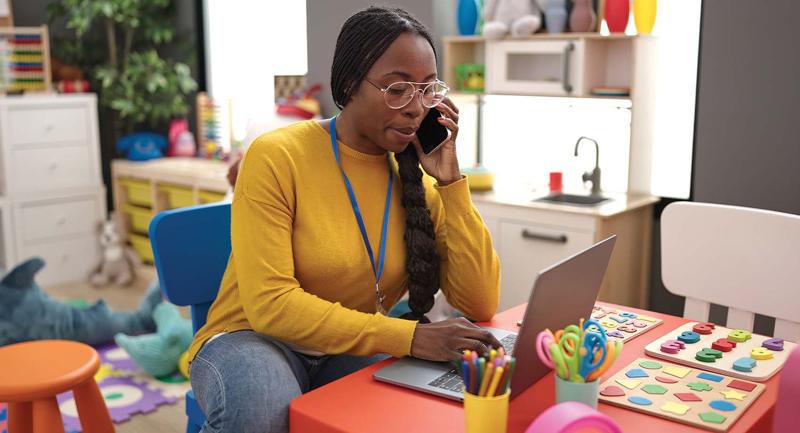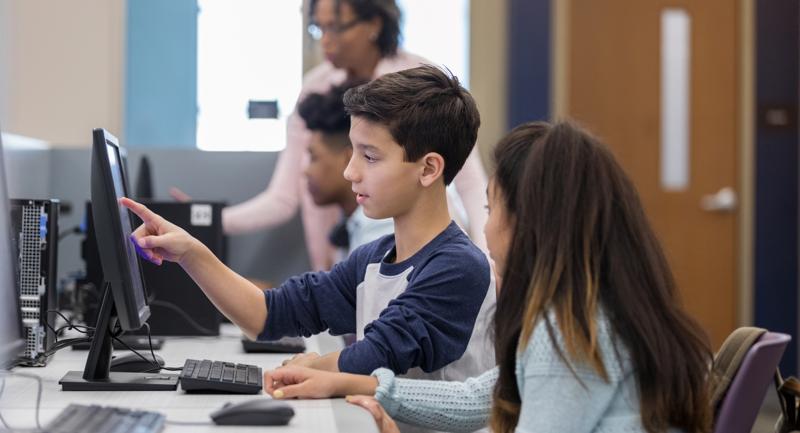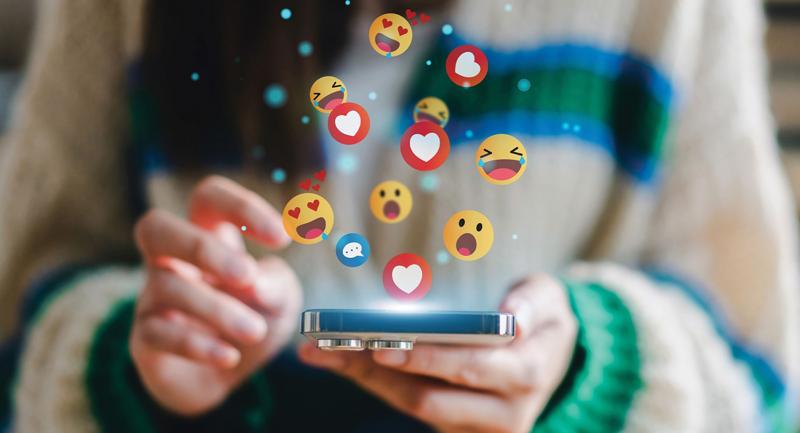Few could argue with the idea that the world's greatest challenges are borderless. Poverty in developing nations leads to global instability as people emigrate to survive and neighbors fight over limited resources. Terrorism is on the rise as the disaffected lash out. Deforestation and drought destroy entire ecosystems, threatening global food sources. The high level of carbon emissions from richer countries raises eyebrows and wreaks environmental havoc. None of these challenges respect national boundaries, and none will be easy to solve.
Such challenges will require innovative solutions from people from many countries. As Thomas Friedman (2007) has told us, this is no small feat in a world in which nationalism reigns. At a time when nations seem intent on building fences, is there hope for opening doors?
In 2006, Vicki Davis, a high school teacher in Georgia, and Julie Lindsay, who at the time was teaching in Bangladesh, saw hope for multicultural cooperation in the students coming through their classroom doors every day. They knew that if they could use digital tools to foster international collaboration, their students would not just walk away with a better understanding of tomorrow's workplace—they'd walk away with a better understanding of one another. So they started the Flat Classroom Project, an effort to break down the walls separating classes in different countries, starting with their own schools.
The first step was to pair students from each of the two classes—one student from Bangladesh and one student from Georgia. Lindsay and Davis then asked each of these borderless teams to study one of the 10 societal trends spotlighted in Friedman's The World Is Flat. Using a combination of synchronous and asynchronous tools—including online discussion boards, video conferences, instant messages, and e-mails—to communicate, each pair created a page in a classroom wiki explaining their assigned trend and sharing their views about it. Each pair also created an accompanying video. As with traditional work, the teachers set deadlines for project elements, created rubrics, and designed exemplars. Some groups struggled; some partners failed to complete work on time or were absent too often, and personalities sometimes clashed.
Over time, however, something amazing happened. The two classrooms—separated by thousands of miles—became one. To start off, each student created a digital video introducing himself or herself, and partners exchanged these media files to "meet" each other. This ensured that students' first impressions were built on exposure to actual individuals rather than on stereotypes. Partners commonly communicated by sending each other their recorded reflections related to the ideas they were working on. Students swapped electronic files to edit each other's content and tackle required tasks together. They naturally tailored the technology they were already using outside of school to these collaborations, gaining an understanding of—and appreciation for—international peers at the same time.
The Flat Classroom Project has expanded to help other classroom teachers create similar global exchanges that feature the specific elements Davis and Lindsay used, always including cocreated student projects and a video that is evaluated by international judges.
For Beatrice Park, a Korean student who participated in a workshop involving students from many countries at a 2009 Flat Classroom Conference (some attending in person, some virtually), these kinds of exchanges aren't about learning to use technologies; they are an opportunity to "connect, communicate, and cooperate with people from various cultures. … I believe that when we broke down the walls of the classroom, a small crack was made on the walls of the world" (Park, 2009). Lindsay and Davis (2007) agree: "Flat classroom projects have the power to produce world-class students with a world view based on understanding, not misinformed bias from the media" (p. 30).
How to Get Started
If you're interested in starting your own global cooperation project, chances are good that there's a like-minded teacher in another country who'd be eager to collaborate. Each year, high-speed Internet connections and free Web-based tools reach more schools all over the world.
Start your search for a partner by reflecting on your desired outcomes. Are you most interested in getting students to think carefully about governmental approaches to providing social services? Then look for a peer in a social welfare state like Denmark or Sweden. Is your goal to introduce students to global disparities? Then classrooms in the developing world would be a good choice.
- iEARN— the International Education and Resource Network—is currently the largest nonprofit organization pairing students and teachers across continents. It is built around a "Collaboration Center" that includes dozens of ongoing projects and offers professional development for teachers new to digital collaboration.
- ePals: As described on its Web site, ePals is a "global community of collaborative learners, teachers, and academic experts in 200 countries and territories." It provides students, particularly those in elementary and middle school classrooms, safe connections to classes around the world.
- Teach Connect: The Teach Connect project is a global effort to pair teachers who have collaborative project ideas. Any member can create a group focused on a specific kind of interaction—such as mock trials—or can follow projects launched by teachers from a particular geographic area. Stop by and see whether any of the proposed projects align with your curriculum, or create your own project and invite other educators to join in.
Critics of education have long argued that our world is changing, but our schools are not. Instead of creating interconnected communities of learners, they claim, teachers and students work alone behind closed classroom doors. Make it your goal in the next school year to use digital tools to build relationships around the world.








